Forget ‘Detoxing’—Here’s How to Actually Support Your Body’s Cleansing System
So, you’ve hit that point. Maybe it was after a long holiday, a vacation filled with delicious food, or just a stressful few weeks. You feel… sluggish. A little puffy. And that little voice in your head starts whispering, “I need a detox.”
In this article
- First, What Are We Even Talking About?
- The Real Heavy Lifters: How Your Body Cleans House
- Building Supportive Daily Habits (The Fun Part!)
- What This Actually Looks Like: A Sample Day
- Your Supportive Shopping List
- A Quick Note on Traditional Wisdom
- Feeling Overwhelmed? Start Here.
- A Word of Warning: Safety First, Always
- Inspirational Gallery
I get it. As a nutrition professional, I’ve had this exact conversation with people for years. The idea of a “cleanse” or a “reset” is so tempting because it promises a fresh start. A clean slate. But I’m going to let you in on a secret the multi-billion dollar detox industry doesn’t want you to know.
Your body is already a master at detoxification. Seriously. You have a highly sophisticated, built-in system that works 24/7. Your liver, kidneys, gut, lungs, and even your skin are constantly filtering, processing, and escorting waste out of your body. They don’t need a ridiculously expensive juice fast or a mysterious powder to do their job.
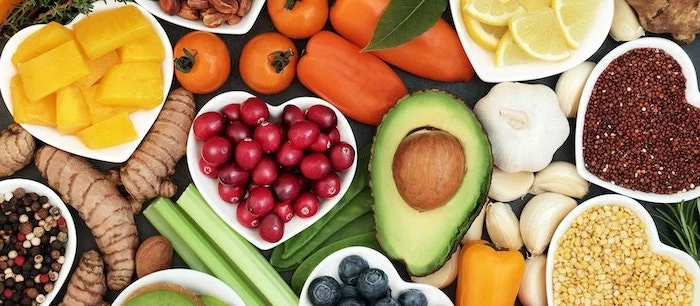
My job isn’t to sell you a quick fix. It’s to show you how to support the brilliant system you were born with. This is about building habits that help your body do its best work, every single day.
First, What Are We Even Talking About?
Before we dive in, let’s clarify what “toxins” and “processed foods” actually mean, because the terms get thrown around a lot. “Toxins” can be anything from byproducts your own body makes during metabolism to environmental pollutants, pesticides, or additives from certain foods.
And when it comes to “processed food,” it’s not all bad! It’s a spectrum. On one end, you have minimally processed foods like a can of chickpeas, frozen berries, or a bag of spinach—these are totally fine and super convenient. On the other end, you have ultra-processed foods, like sugary cereals, packaged cookies, and frozen dinners with a list of ingredients you can’t pronounce. Those are the ones we want to minimize, as they can put an extra burden on your body’s systems.
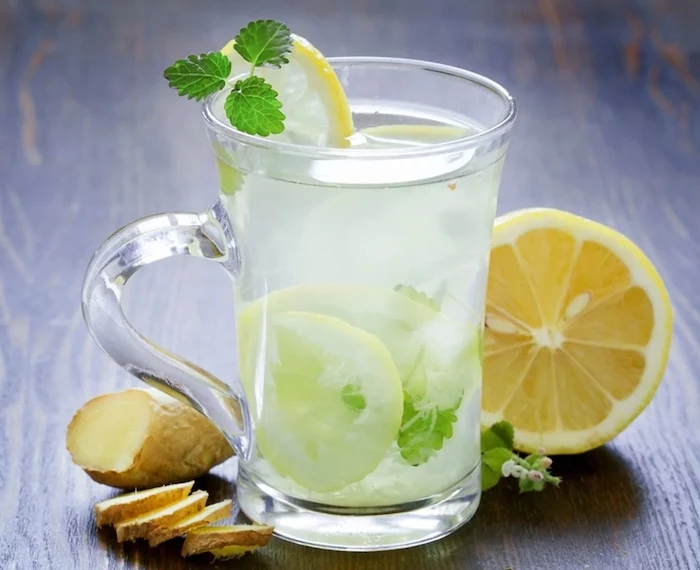
The Real Heavy Lifters: How Your Body Cleans House
Understanding the basic machinery is key. It’s way more impressive than any juice cleanse.
The Liver: Your Main Filtration Plant
Think of your liver as a two-stage chemical processing facility. It’s the star of the show.
In Phase I, a group of special enzymes gets to work, breaking down unwanted compounds to make them less harmful. To give this phase a boost, you want to eat plenty of cruciferous vegetables. We’re talking about broccoli, Brussels sprouts, cabbage, and cauliflower.
But Phase I creates some unstable molecules (free radicals) in the process. That’s where Phase II comes in to save the day. It neutralizes these molecules and packages them up for removal. For this phase to work efficiently, it needs a steady supply of nutrients from foods like garlic, onions, and high-quality protein sources such as eggs and legumes.
The Kidneys and The Gut
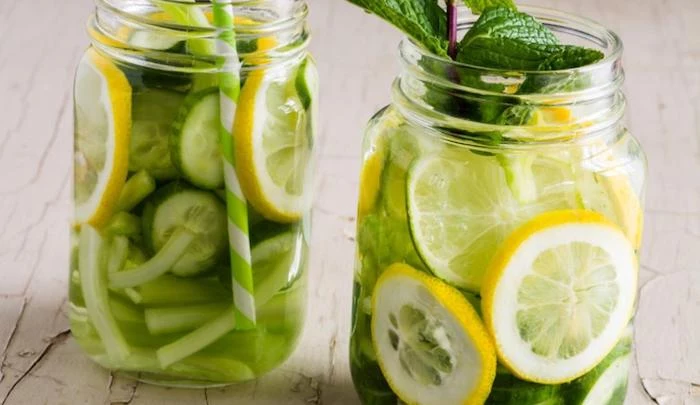
Your kidneys are the final filter, flushing out all the waste the liver has processed. The single best thing you can do for them? Stay hydrated. Water is non-negotiable.
And your digestive system? It’s the exit route. A healthy gut lining is your first line of defense, and dietary fiber is the cleanup crew. Fiber acts like a scrub brush for your intestines, binding to waste and helping move it out of your body regularly. If things are moving slowly, that waste hangs around longer than you want it to.
Building Supportive Daily Habits (The Fun Part!)
Okay, enough science. Let’s talk about what to actually do. Instead of a 3-day punishment, let’s build some simple, sustainable habits.
1. Upgrade Your Hydration Game
Most of us need around 2 to 3 liters of fluid a day, but plain water can be, let’s be honest, boring. Infused water is a fantastic way to make hydration more appealing without adding sugar.
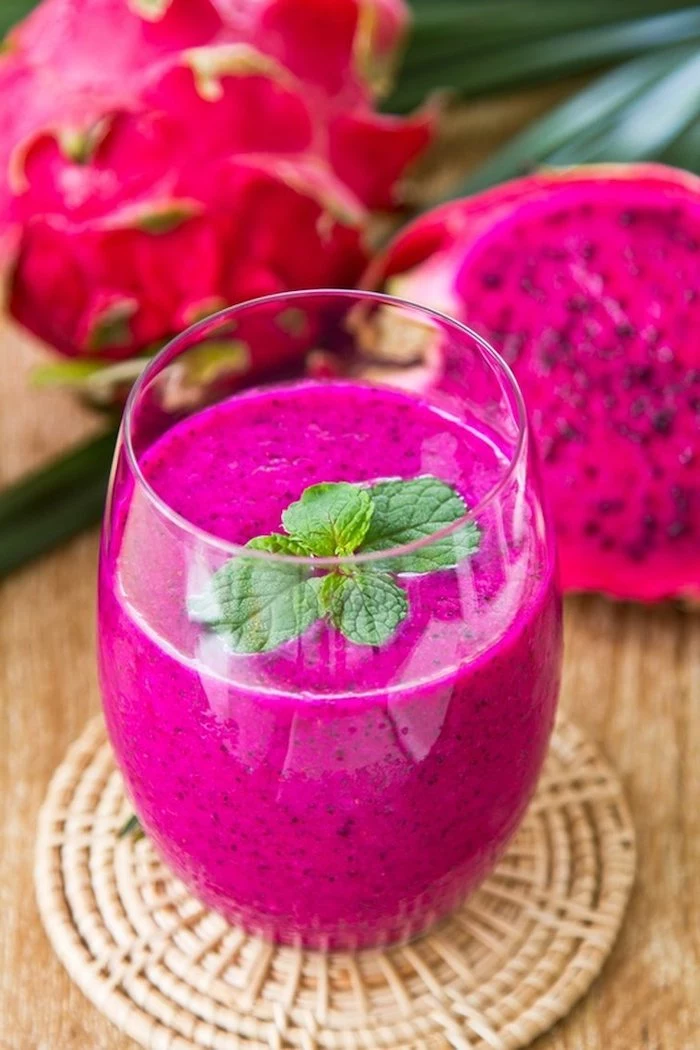
A quick tip: Always use a glass pitcher or bottle for this. Some plastics can leach chemicals when they sit with acidic things like lemon. I love making a big pitcher of Cucumber, Lemon & Mint Water. Just slice up half an organic cucumber and one organic lemon, toss them in a pitcher of filtered water with a handful of mint leaves, and let it chill in the fridge for a few hours. It’s incredibly refreshing and makes hitting your water goal feel like a treat. Just be sure to drink it within 24 hours.
2. Build a Smarter Smoothie
A smoothie can be a nutritional powerhouse or a sugar bomb in disguise. A typical smoothie from a chain cafe can have over 50 grams of sugar from juices and sweeteners, with very little fiber. It gives you a quick sugar rush followed by a hard crash. Our goal is the opposite: sustained energy.
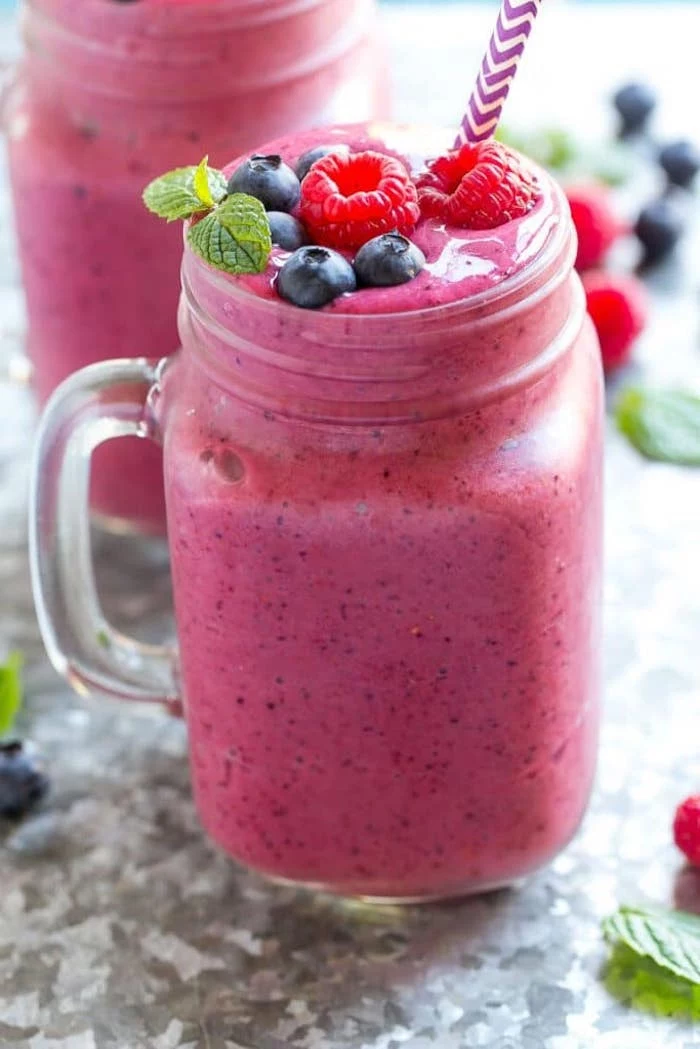
My go-to green smoothie formula is designed for energy, not a sugar coma. Here’s the blueprint:
- Liquid Base (1.5 cups): Water or unsweetened almond milk. Steer clear of fruit juice.
- Leafy Greens (2 big handfuls): Spinach is great for beginners because you can barely taste it.
- Healthy Fat (1 serving): 1/4 avocado or 1 tablespoon of chia seeds. This is crucial for feeling full.
- Fiber Boost (1 tablespoon): Ground flaxseed is my favorite. Heads up: when you add fiber like this, you have to drink plenty of water during the day for it to work its magic.
- Antioxidant-Rich Fruit (1/2 cup): Frozen mixed berries are perfect. They’re low in sugar and high in nutrients.
Time-saving hack: Prep smoothie packs! Put your greens, fruit, and seeds into freezer-safe bags. In the morning, just dump one in the blender, add liquid, and you’re good to go.
Oh yeah, a few common smoothie problems and their fixes:
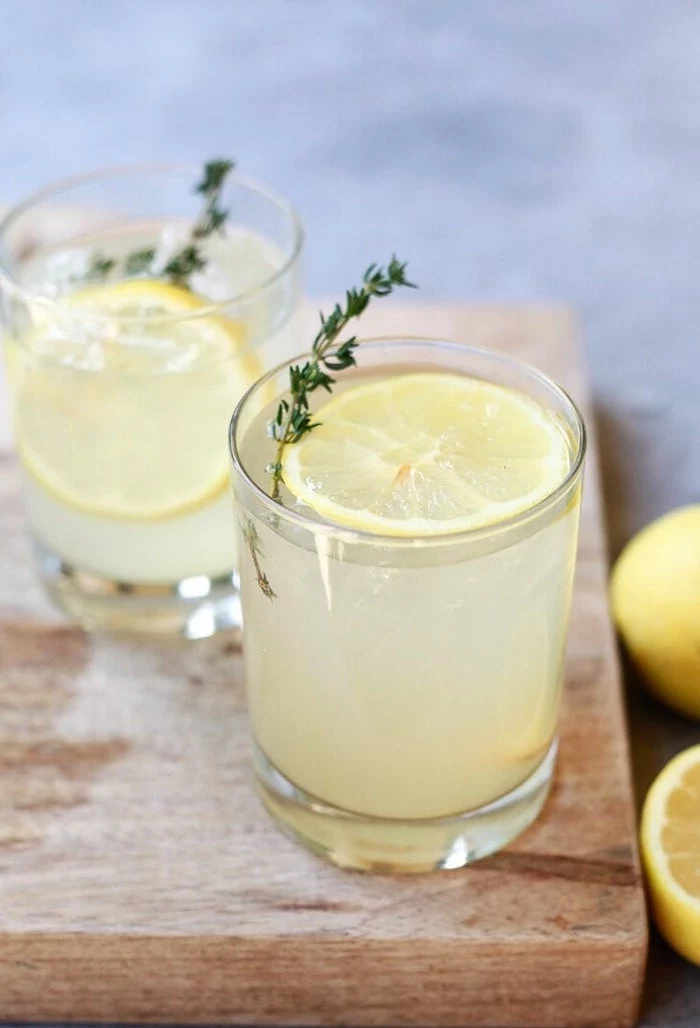
- Tastes too “grassy”? A squeeze of fresh lemon juice or half a small green apple cuts the bitterness right out.
- Feeling bloated? Your gut might not be used to all that fiber. Start with just one teaspoon of flax or chia and slowly work your way up over a couple of weeks.
3. Sip on a Soothing Elixir
A warm drink can be incredibly comforting and great for digestion. My favorite is a simple Ginger and Turmeric Elixir.
Just take a 1-inch piece of fresh ginger and a 1-inch piece of fresh turmeric (or 1/2 tsp dried), slice them thinly, and steep them in a mug of hot water for about 10 minutes. Before you drink it, add a good squeeze of lemon and a tiny pinch of black pepper (this dramatically helps your body absorb the good stuff from the turmeric!).
From my experience, more isn’t always better. I once had a client who started drinking massive amounts of turmeric tea and ended up with an upset stomach. A cup a day is a perfect place to start.

What This Actually Looks Like: A Sample Day
It’s easier to see how this all fits together with a simple plan:
- Breakfast: A Green Smoothie using the formula above. It’ll keep you full and energized all morning.
- Lunch: A big “Supportive Salad Bowl.” Start with a bed of greens, add a scoop of quinoa, a handful of chickpeas, some colorful roasted veggies (prep these ahead!), and a simple dressing of tahini, lemon juice, and water.
- Dinner: Keep it simple. Think baked salmon with roasted asparagus and a squeeze of lemon, or a hearty lentil soup. The goal is a clean protein, lots of veggies, and healthy fats.
- All Day: Sip on your infused water.
Your Supportive Shopping List
Ready to hit the store? Here’s a quick list to get you started. No need to buy everything at once!
Produce Aisle:
- Greens: Spinach, kale, romaine
- Cruciferous Veggies: Broccoli, cauliflower, Brussels sprouts
- Aromatics: Garlic, onions, fresh ginger, fresh turmeric
- For Flavor & Nutrients: Lemons, avocados, fresh mint
- Low-Sugar Fruits: Mixed berries (pro tip: frozen berries are just as nutritious and often cheaper, running about $8-$12 for a large bag).
Pantry & Dry Goods:
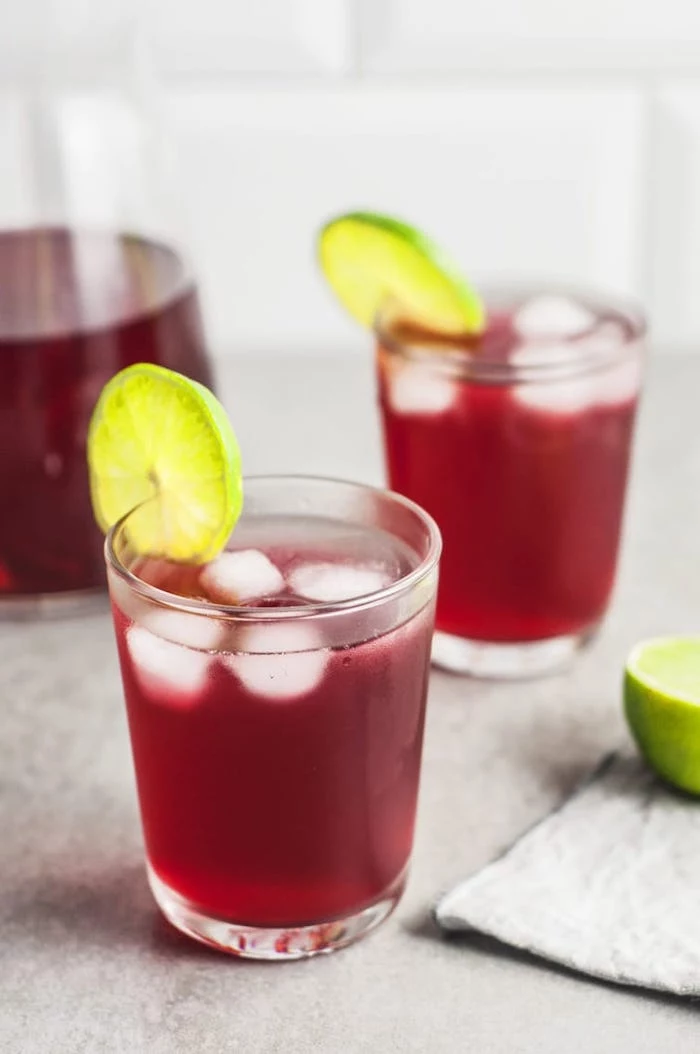
- Fiber & Fats: Ground flaxseed, chia seeds, raw almonds
- Legumes: Canned chickpeas, dried lentils (super budget-friendly!)
- Healthy Grains: Quinoa, oats
- Beverages: Unsweetened almond milk, herbal teas like peppermint or dandelion root
Budget Tip: Worried about buying all organic? Don’t be. A good rule of thumb is to focus your organic budget on the “Dirty Dozen” list (like strawberries, spinach, and kale) and save your money on things with thick, inedible peels like avocados, bananas, and onions.
A Quick Note on Traditional Wisdom
The idea of periodic cleansing isn’t some new wellness trend. In Ayurveda, the traditional medicine of India, a “cleanse” often means eating a simple, warm porridge of mung beans and rice called kitchari. The goal is to nourish and give the digestive system a rest, not starve it.
And think about the classic Mediterranean diet—it’s basically a continuous, gentle way of supporting the body with its emphasis on olive oil, fish, vegetables, and nuts. There’s no “detox week” because the everyday diet is already doing the work. The theme is clear: support and nourish, don’t shock and deprive.
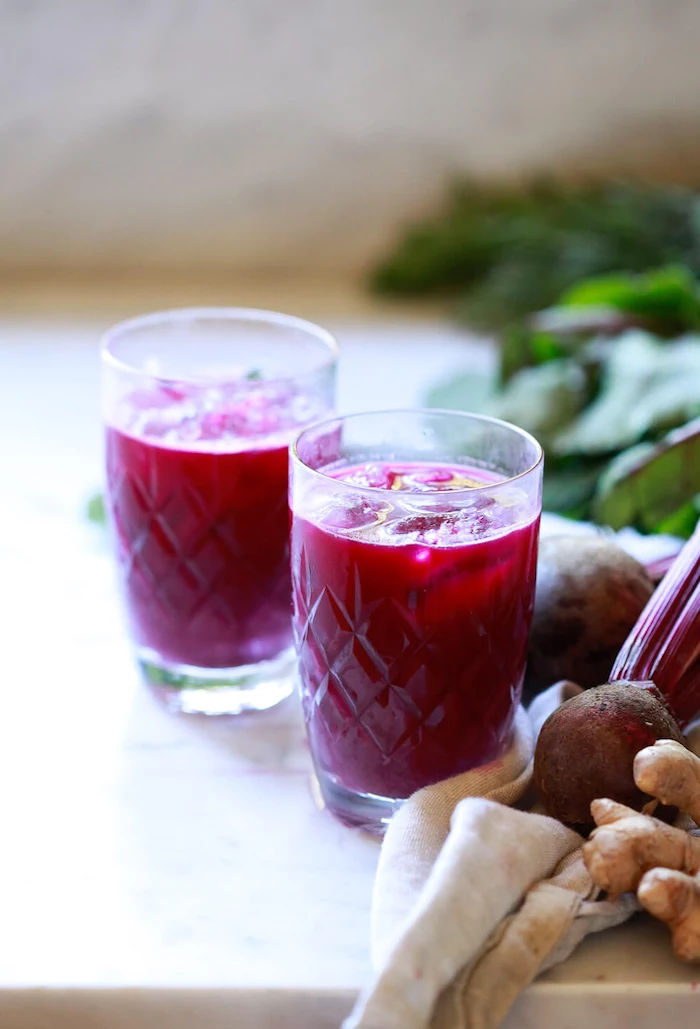
Feeling Overwhelmed? Start Here.
Honestly, I get it. This can feel like a lot of information at once. If you’re feeling stuck, just focus on this one thing for the next three days:
Your Quick Win: Drink 2 liters of water each day and add 1 tablespoon of ground flaxseed to whatever you’re already eating for breakfast (sprinkle it on yogurt, oatmeal, or even eggs!). That’s it. Small wins build momentum.
A Word of Warning: Safety First, Always
The commercial detox world can be a minefield of dangerous advice. Your safety is paramount.
Juice fasts and extreme kits are a particularly bad idea. I once worked with a client who came to me after a 7-day online juice cleanse. Sure, he’d lost ten pounds, but he felt weak, dizzy, and had lost a ton of muscle, not fat. The weight came right back as soon as he ate a real meal. These fads are often devoid of fiber, protein, and fat, which your body desperately needs.
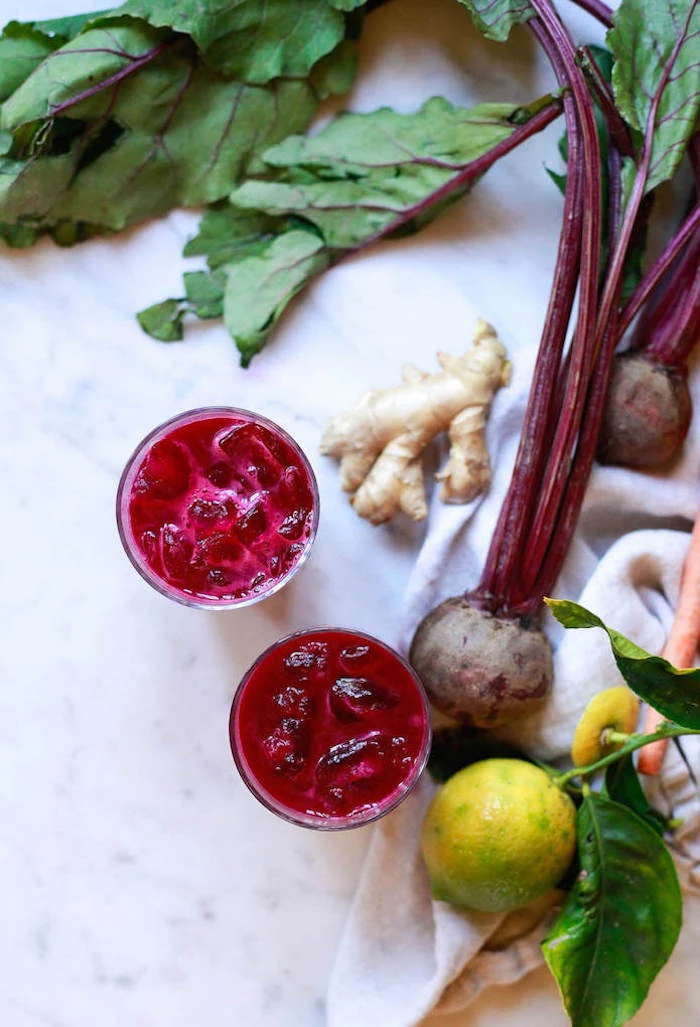
Please, avoid any kind of restrictive “cleanse” if you:
- Are pregnant or breastfeeding
- Have a history of disordered eating
- Have diabetes, or kidney or liver disease
- Are on essential medications for blood pressure, mental health, or other serious conditions
True health and vitality should make you feel energized and strong, not sick and deprived. The best reset is a lifestyle built on real food, good sleep, and gentle movement. It might not sound as sexy as a 3-day detox, but I promise you, it’s the only one that truly works.
Inspirational Gallery

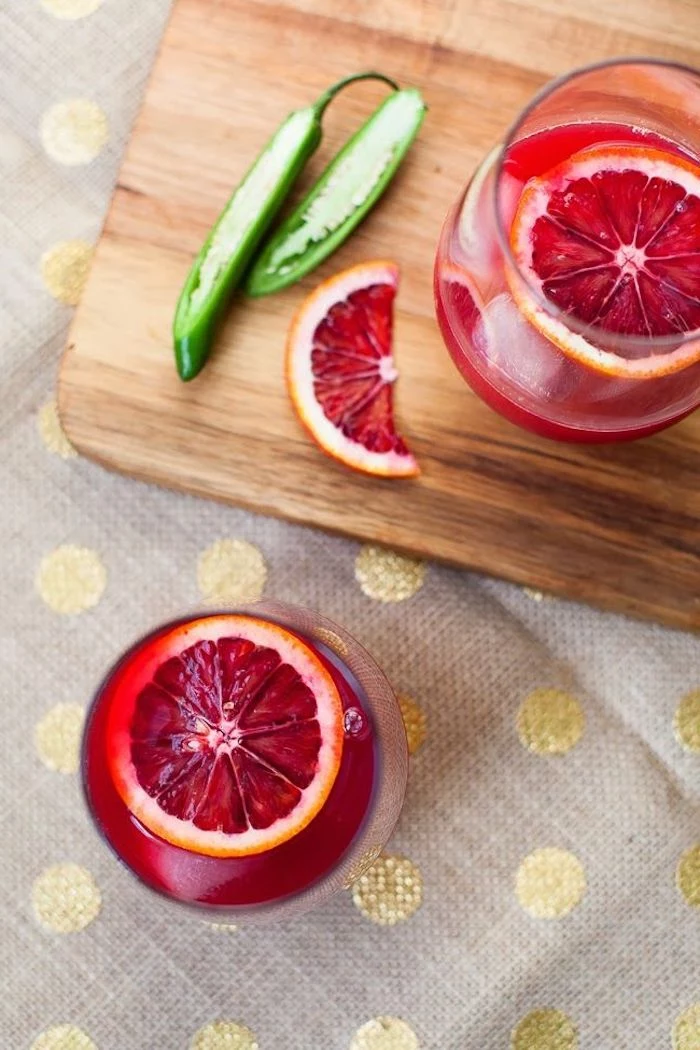
The liver, weighing about 3 pounds, is the body’s primary filtration system. It performs over 500 essential tasks, from processing nutrients to clearing out harmful substances.
Supporting this powerhouse is simpler than you think. It’s not about extreme cleanses, but consistent, gentle care through the foods you eat every day. Think of it as providing the best fuel for your body’s most important engine.
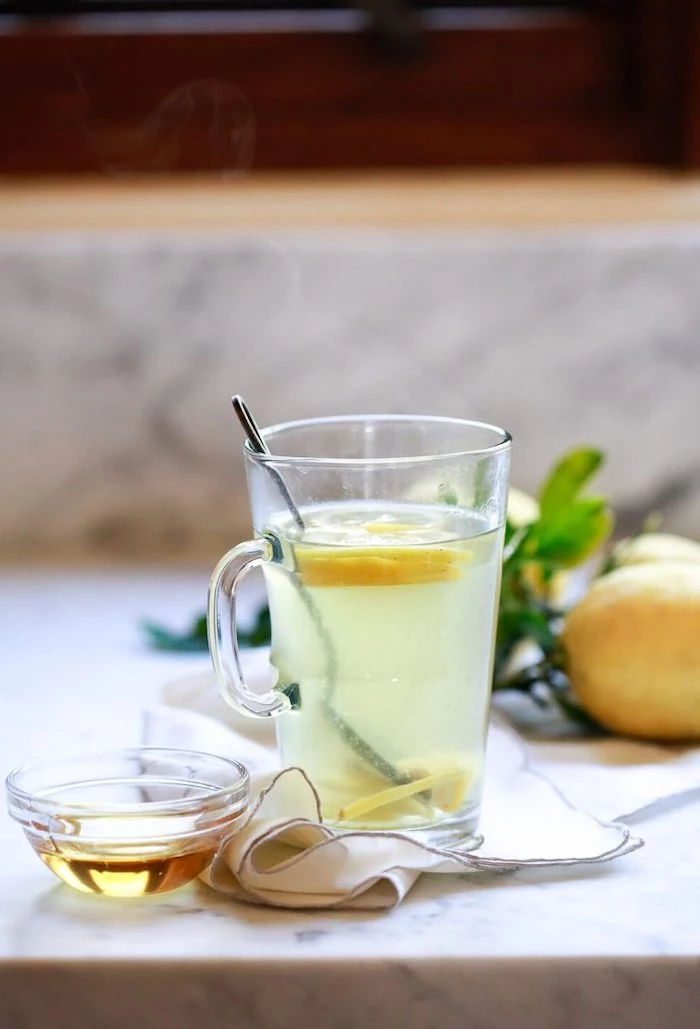

Does the time I eat actually matter?
While what you eat is paramount, giving your digestive system a break can be beneficial. This is the principle behind time-restricted eating. Allowing for a 12-14 hour overnight fasting window (for example, finishing dinner by 7 PM and eating breakfast at 9 AM) gives your gut time to rest, repair, and run its ‘cleanup’ processes without the constant work of digestion. It’s a gentle rhythm, not a restrictive diet.
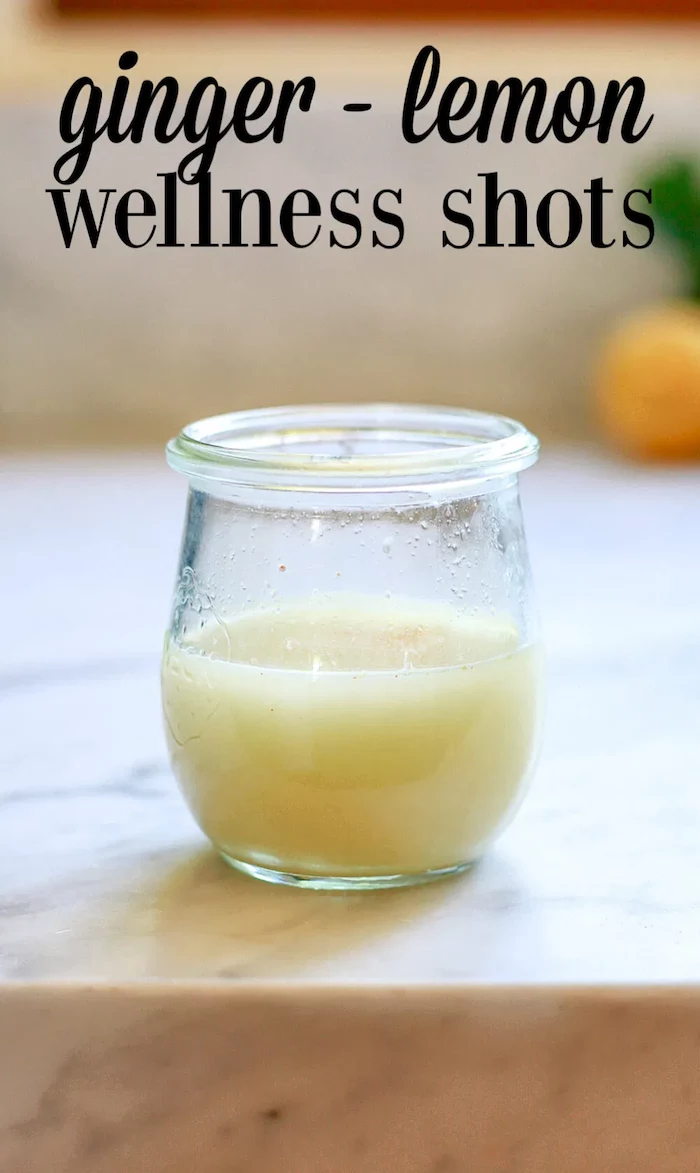
Let’s talk about sulfur. This essential mineral is a precursor to glutathione, one of the most powerful antioxidants your body produces internally. You can easily boost your intake with:
- Cruciferous Veggies: Broccoli, cauliflower, Brussels sprouts, and kale.
- Alliums: Garlic, onions, leeks, and chives.
- Protein Sources: Eggs and lean meats.
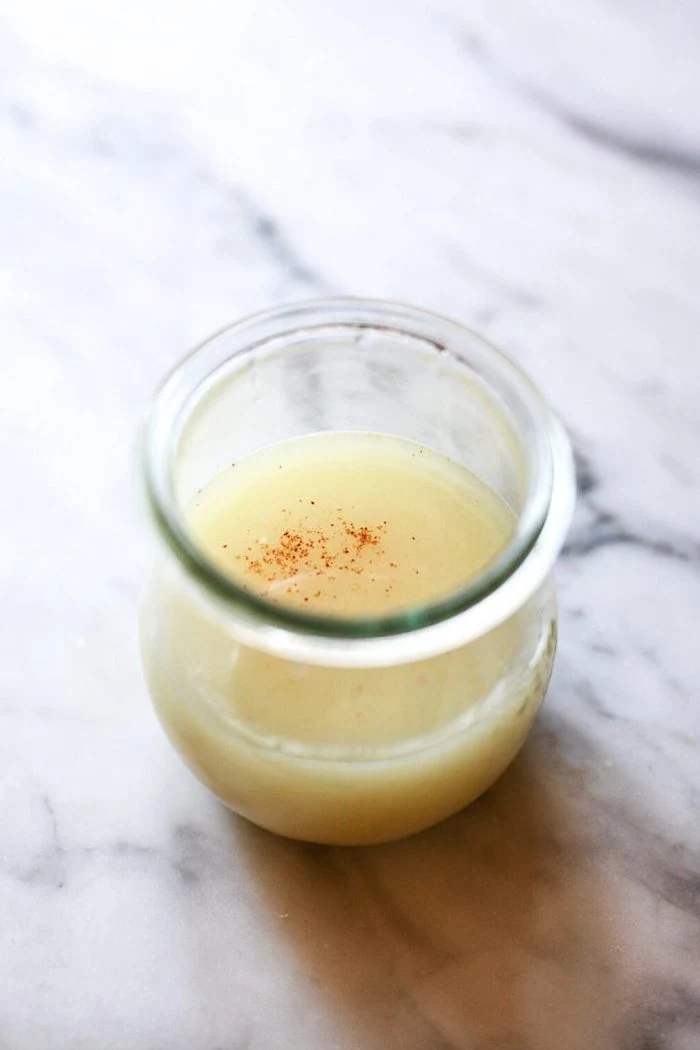
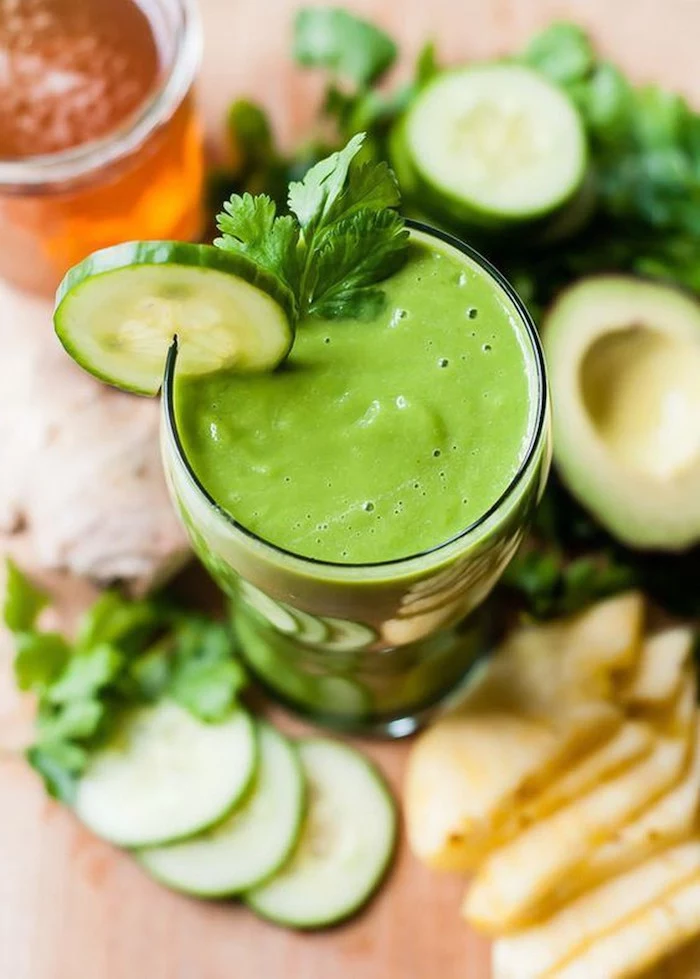
Filtered Water: Reduces potential contaminants like chlorine, lead, and some pesticides, which can lighten the load on your body’s detoxification systems. A simple Brita or a more advanced Berkey filter can make a difference.
Tap Water: Perfectly safe and healthy in most regions, but filtering can be an extra supportive step, especially if you have older pipes or are sensitive to the taste of chlorine.
Ultimately, the best water is the one you’ll drink plenty of. Stay hydrated!
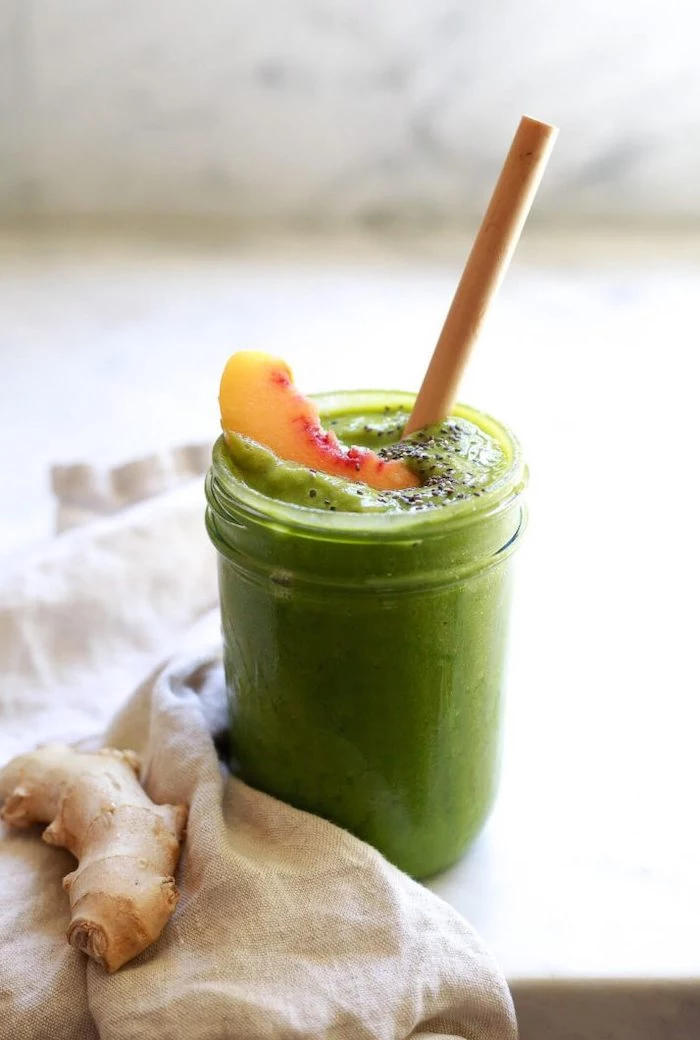
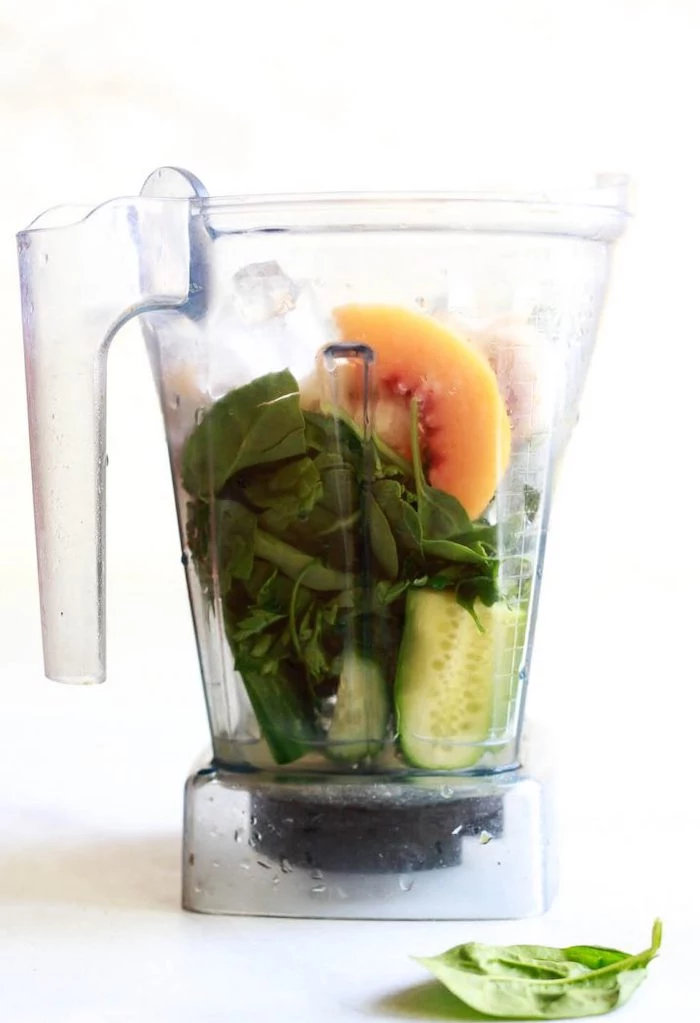
Don’t underestimate the power of a good sweat. Exercise, especially activities that make you perspire, is a key way your body expels waste products through the skin. Whether it’s a brisk walk, a hot yoga class, or a session in a sauna, encouraging a healthy sweat is a natural and effective way to support your body’s cleansing pathways.
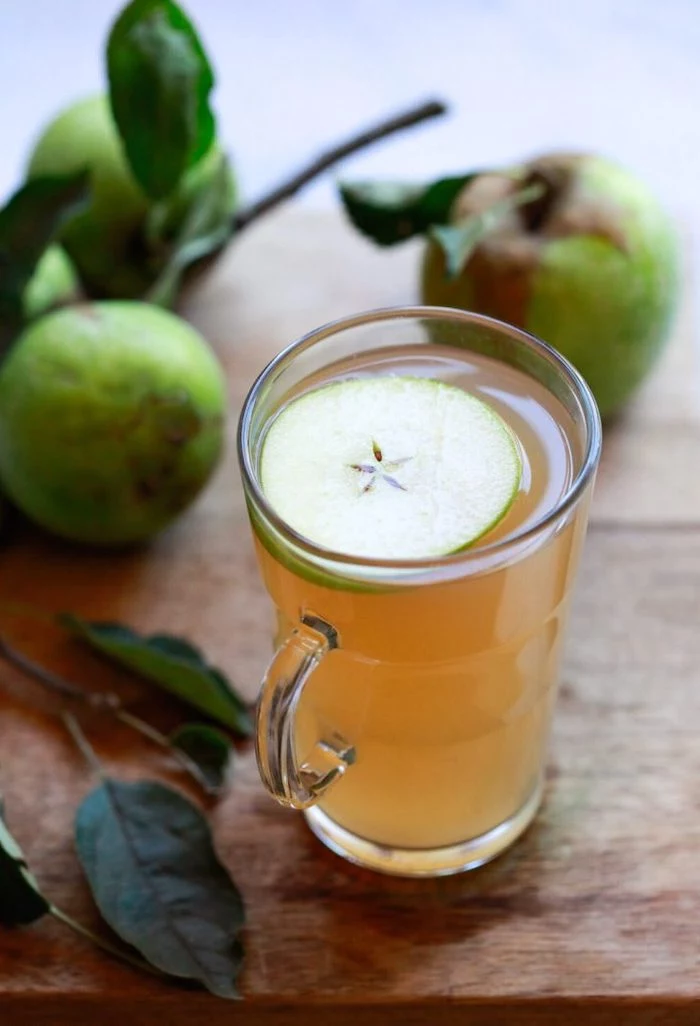
- Feel more energized during the day.
- Wake up with a clearer mind.
- Notice improved skin health.
The secret? Prioritizing sleep. During deep sleep, the brain activates its own unique cleansing process called the glymphatic system, which flushes out metabolic byproducts accumulated during waking hours. Aiming for 7-9 hours isn’t a luxury; it’s a non-negotiable part of your body’s maintenance schedule.
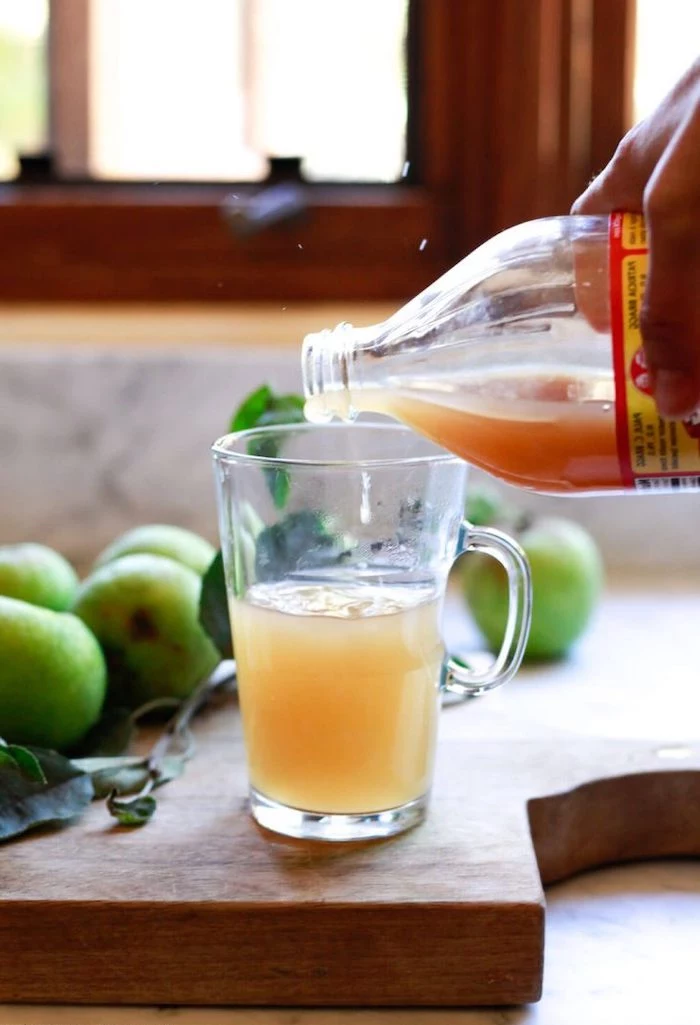

A study in the journal *Gut* found that it takes only a few days for your diet to alter the composition of your gut microbiome.
This is incredible news! It means that every healthy choice you make has a near-immediate positive impact on the trillions of microbes that help regulate everything from your mood to your immune system. You don’t need a week-long ‘reset’; your next meal is an opportunity to nourish your inner ecosystem.
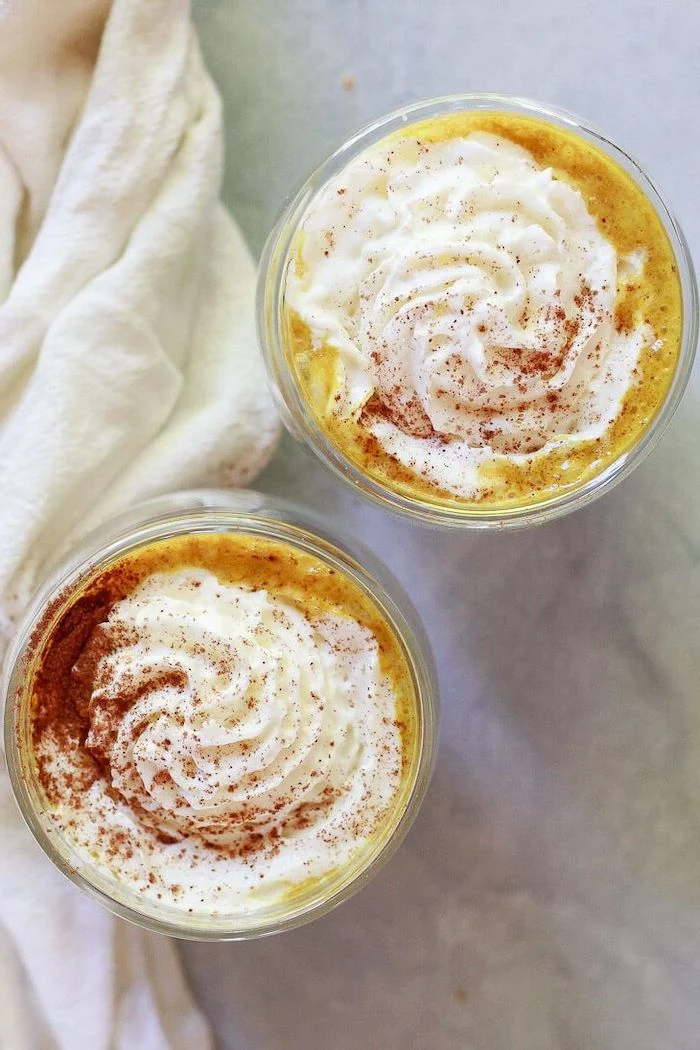
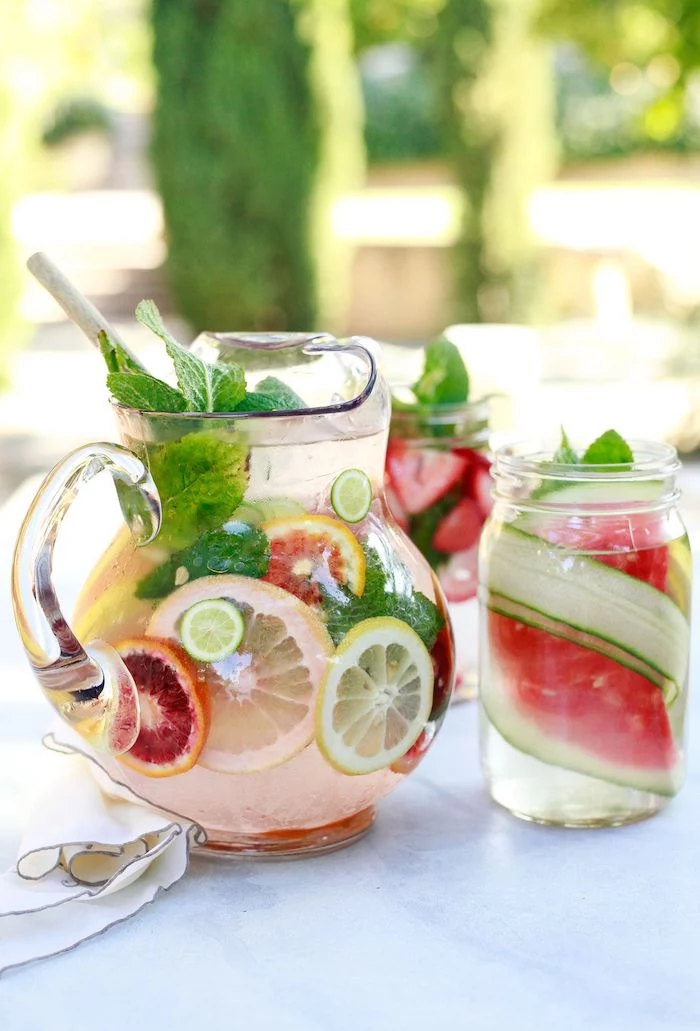
Beyond just water, think in terms of electrolytes. These minerals—like potassium, sodium, and magnesium—are crucial for cellular function and hydration. Instead of sugary sports drinks, find them naturally in bananas, avocados, coconut water, and a small pinch of high-quality sea salt (like Celtic or Himalayan pink salt) in your water bottle.
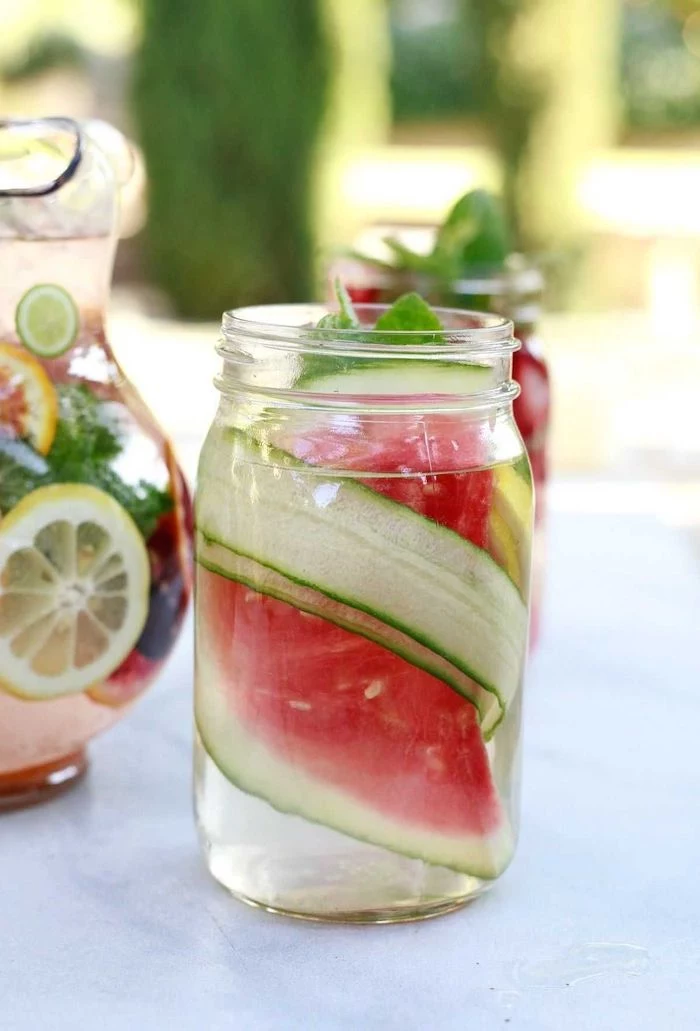
Common Mistake: Overloading on fiber too quickly. While fiber is fantastic for gut health and regularity, a sudden, massive increase can lead to bloating and discomfort. If you’re new to high-fiber foods like beans, lentils, and whole grains, introduce them gradually over a few weeks and be sure to drink plenty of water to help the fiber do its job smoothly.

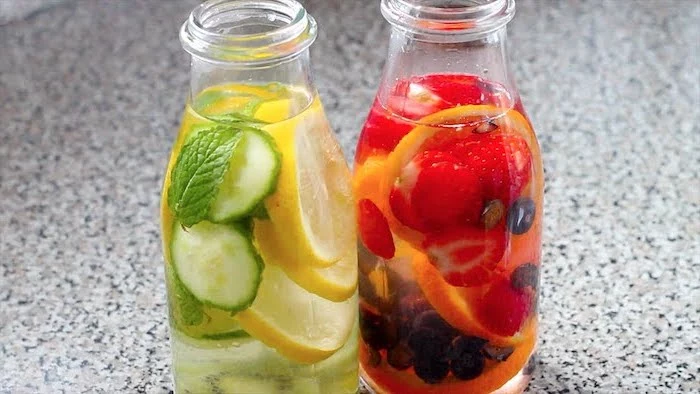
Get friendly with fermented foods. They are a direct source of probiotics—the beneficial bacteria that support a healthy gut. A healthy gut lining is essential for ensuring toxins don’t ‘leak’ into your bloodstream. Try incorporating a spoonful of unpasteurized sauerkraut, a glass of kefir from a brand like Lifeway, or a side of kimchi to your meals a few times a week.
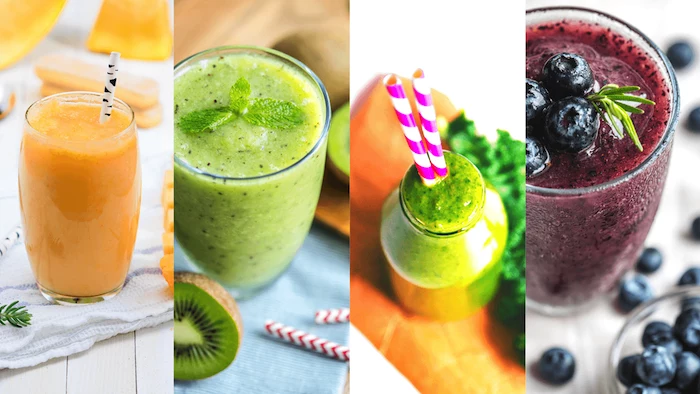

Are herbal supplements like Milk Thistle necessary?
While herbs like milk thistle (silymarin) and dandelion root have been studied for their liver-protective qualities, they’re not a magic bullet or a substitute for a healthy lifestyle. Think of them as potential ‘boosters’ to consider with guidance from a healthcare professional, but only after you’ve established the foundations: a whole-foods diet, adequate hydration, and regular movement.

- Swap sugary cereal for oatmeal topped with berries.
- Instead of a packaged cookie, try a square of 70%+ dark chocolate.
- Choose plain Greek yogurt over flavored varieties and add your own fruit.
- Replace soda with sparkling water infused with lemon and mint.
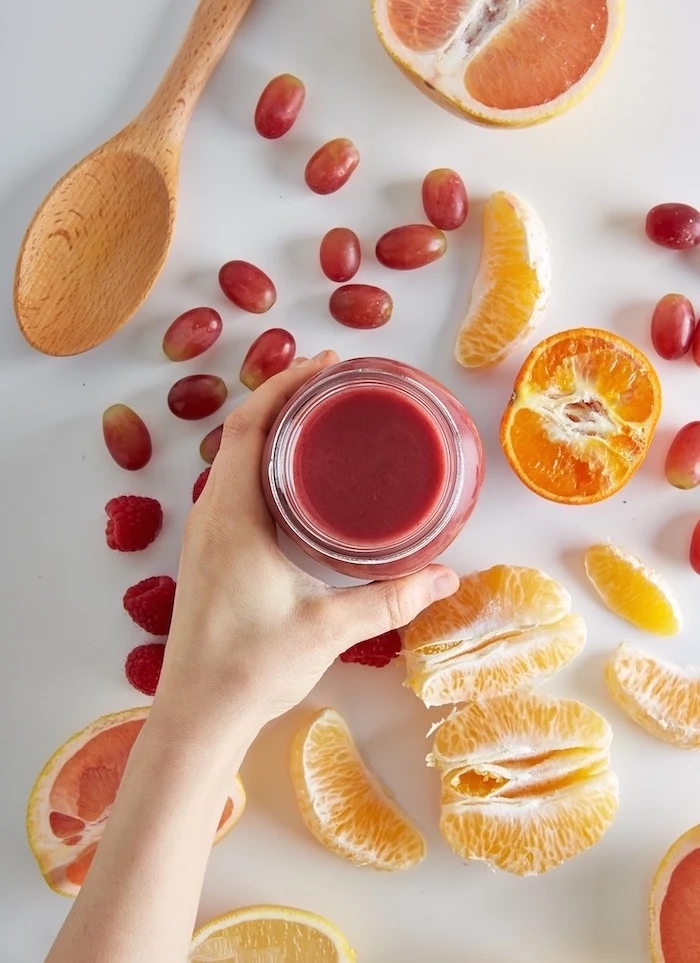
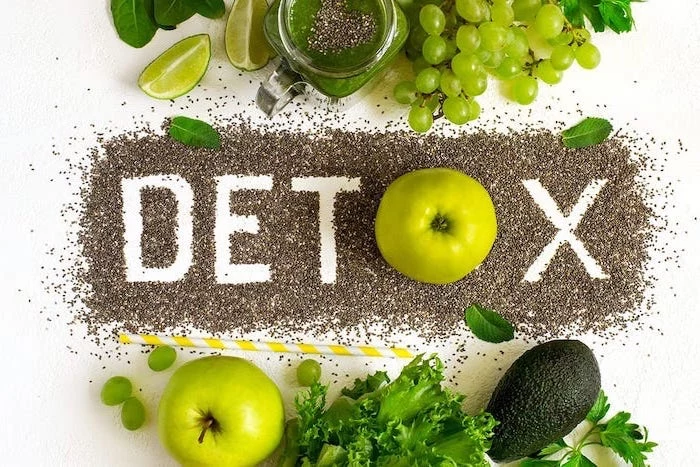
Prebiotics: These are types of dietary fiber that feed the good bacteria in your gut. Think of them as fertilizer for your internal garden. You’ll find them in foods like garlic, onions, asparagus, and slightly under-ripe bananas.
Probiotics: These are the live beneficial bacteria themselves, found in fermented foods like yogurt, kefir, and kimchi.
For a healthy gut, you need both!
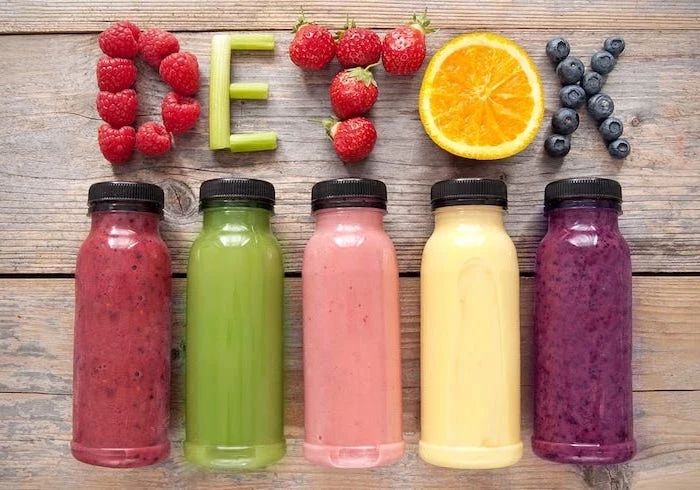
Your lymphatic system, a network of tissues and organs, is a crucial part of your immune and detoxification systems. Unlike the circulatory system, it doesn’t have a pump.
This means it relies on your body’s movement to circulate lymph fluid and clear out waste. Simple activities like walking, stretching, and deep breathing are incredibly effective at keeping this system flowing. Even a few minutes of jumping jacks or using a rebounder can make a big difference.

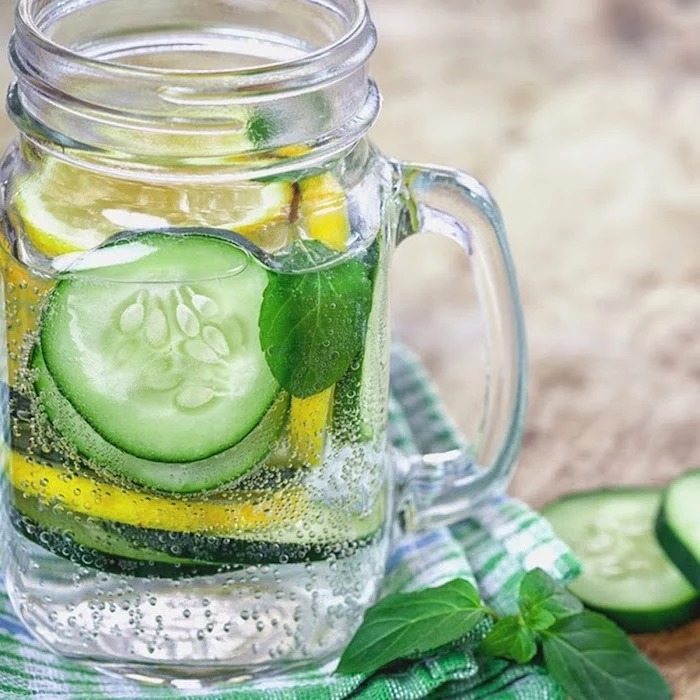
The vibrant colors in fruits and vegetables aren’t just for show—they signify the presence of powerful antioxidants. Eating a rainbow of colors ensures you get a wide variety of these compounds, which help protect your cells from damage. Don’t just stick to green; actively add red (tomatoes, peppers), orange (carrots, sweet potatoes), blue/purple (berries, eggplant), and white (cauliflower, garlic) to your plate.
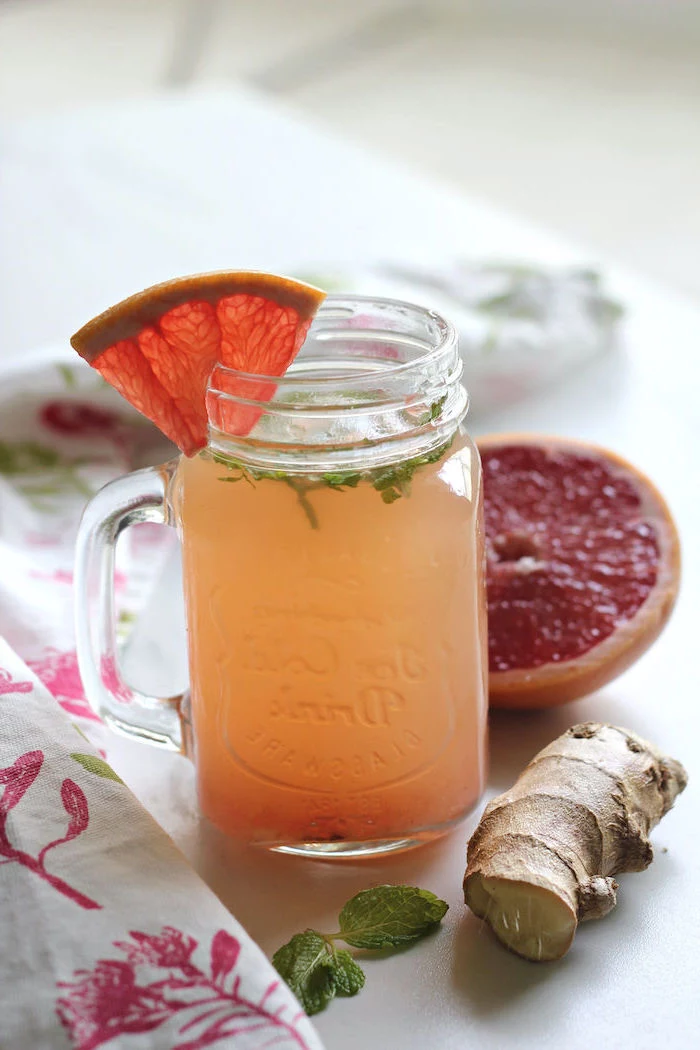
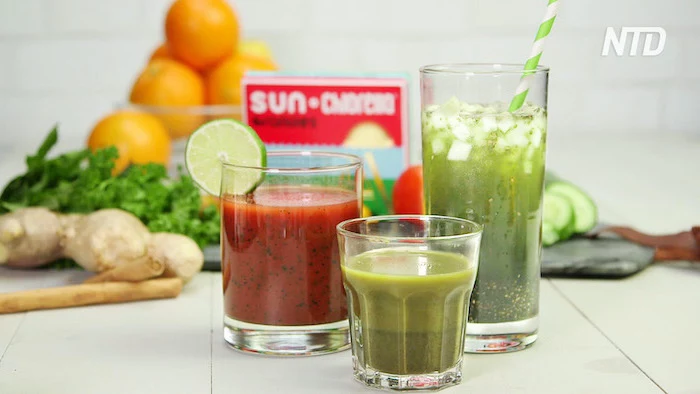
Important point: Chewing is the first step of digestion. Rushing through meals forces your stomach and intestines to work much harder. By chewing each bite thoroughly (aim for 20-30 chews), you break down food mechanically and allow enzymes in your saliva to begin breaking down carbohydrates, easing the entire digestive process and improving nutrient absorption.
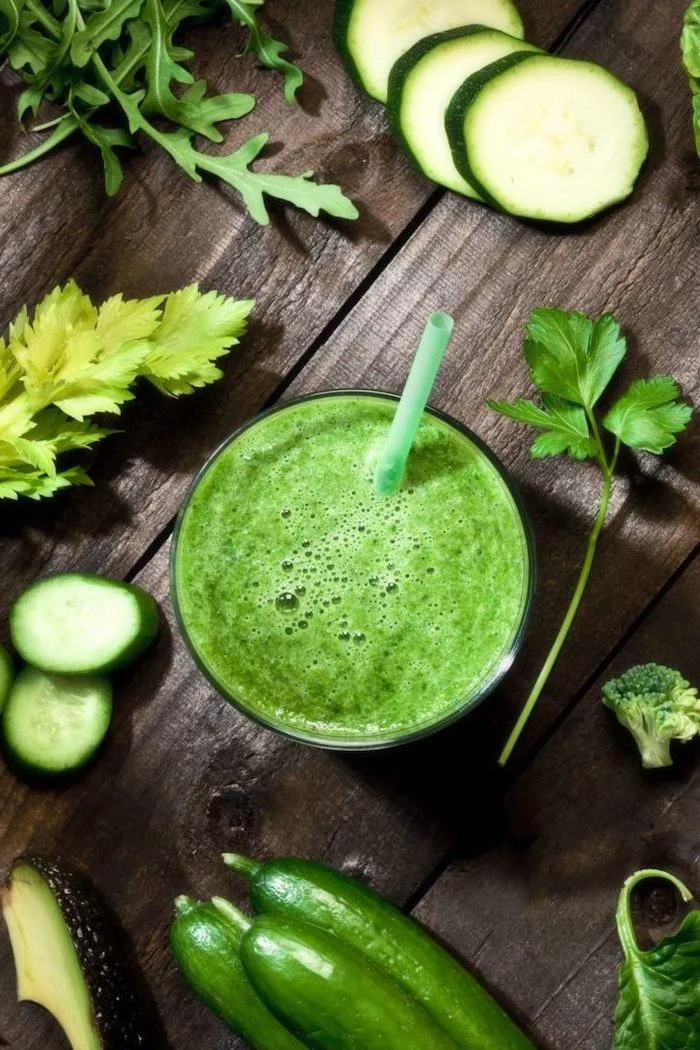
Build a better bowl. The ‘power bowl’ or ‘Buddha bowl’ concept is a perfect way to support your body’s systems. Just combine a base of whole grains (quinoa, brown rice), a lean protein (chickpeas, grilled chicken), a variety of colorful roasted or raw vegetables, a healthy fat (avocado, seeds), and a simple dressing like tahini or olive oil and lemon. It’s a complete, supportive meal in one.

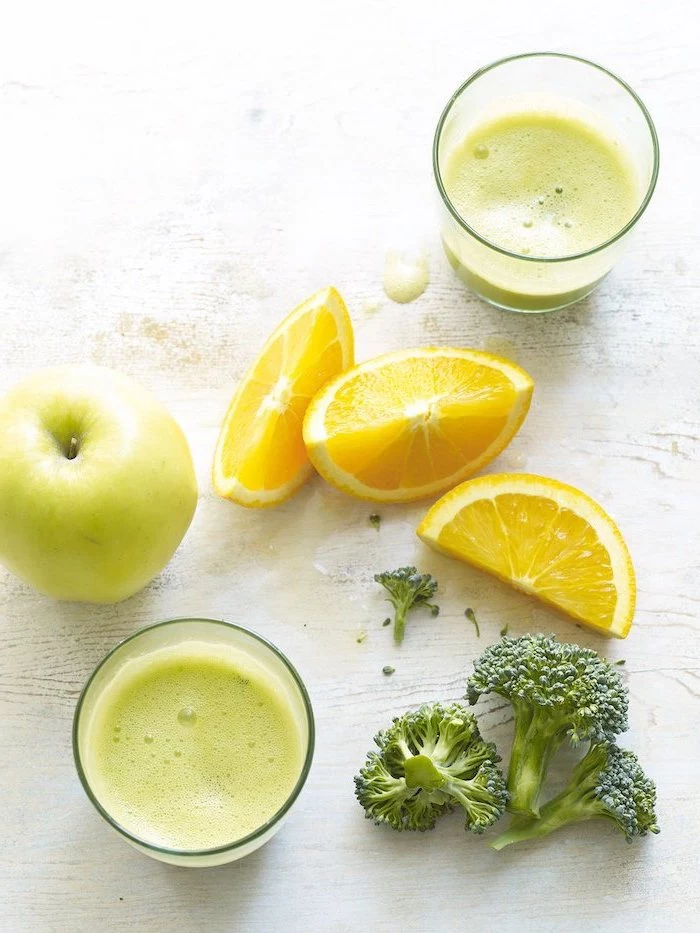
The bitterness in certain foods is a signal to your body to ramp up digestive functions. Bitter greens like arugula, radicchio, and dandelion greens can stimulate the production of bile, which is essential for digesting fats and carrying away waste products from the liver. Start by adding a small handful to your salads.

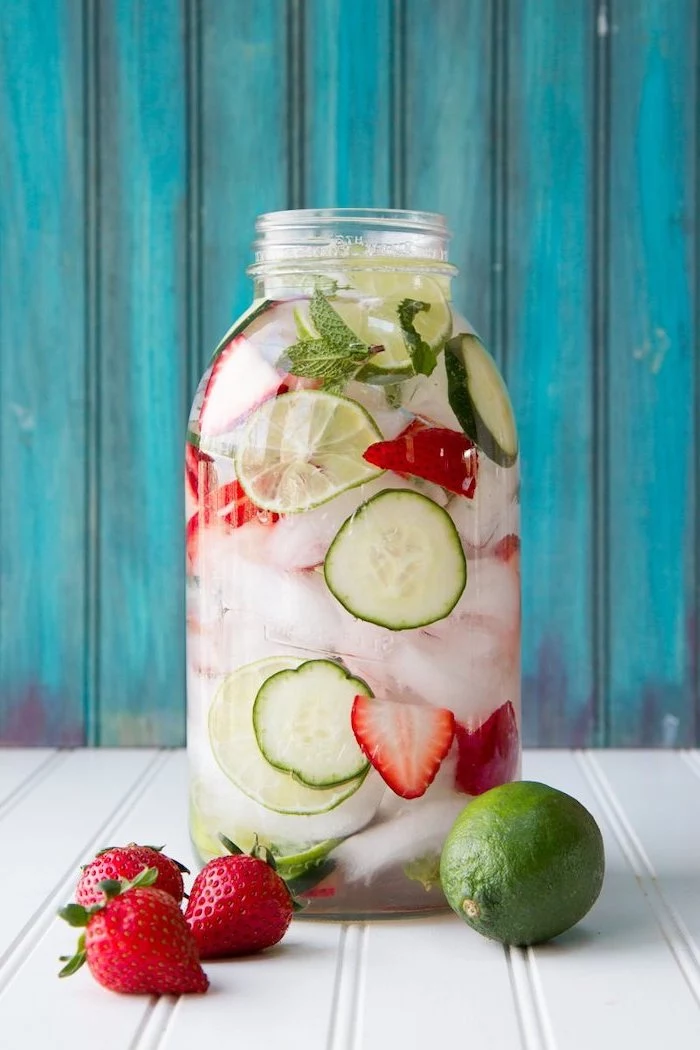
- Excellent source of plant-based protein.
- Incredibly high in soluble and insoluble fiber.
- Packed with essential minerals like iron and magnesium.
The secret? Humble and budget-friendly beans and lentils. Incorporating just a few servings a week can dramatically improve your gut health, support stable blood sugar, and provide the building blocks your body needs, all without breaking the bank.
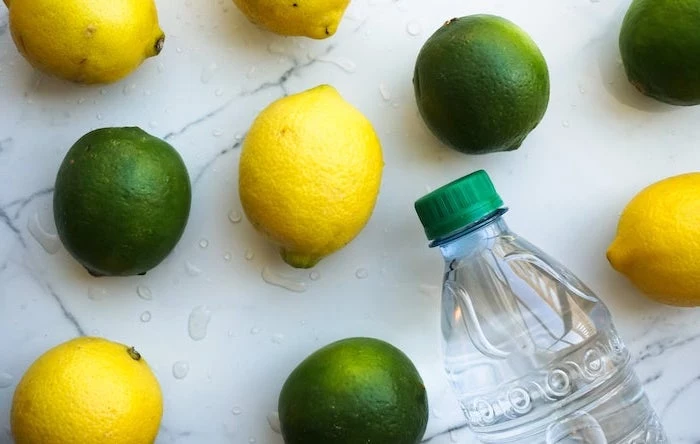
Did you know? The antioxidant compound in turmeric, curcumin, is poorly absorbed on its own.
To enhance its bioavailability by up to 2,000%, always pair it with a pinch of black pepper, which contains piperine. Adding a source of healthy fat, like coconut milk or olive oil, also helps your body absorb this potent anti-inflammatory compound.

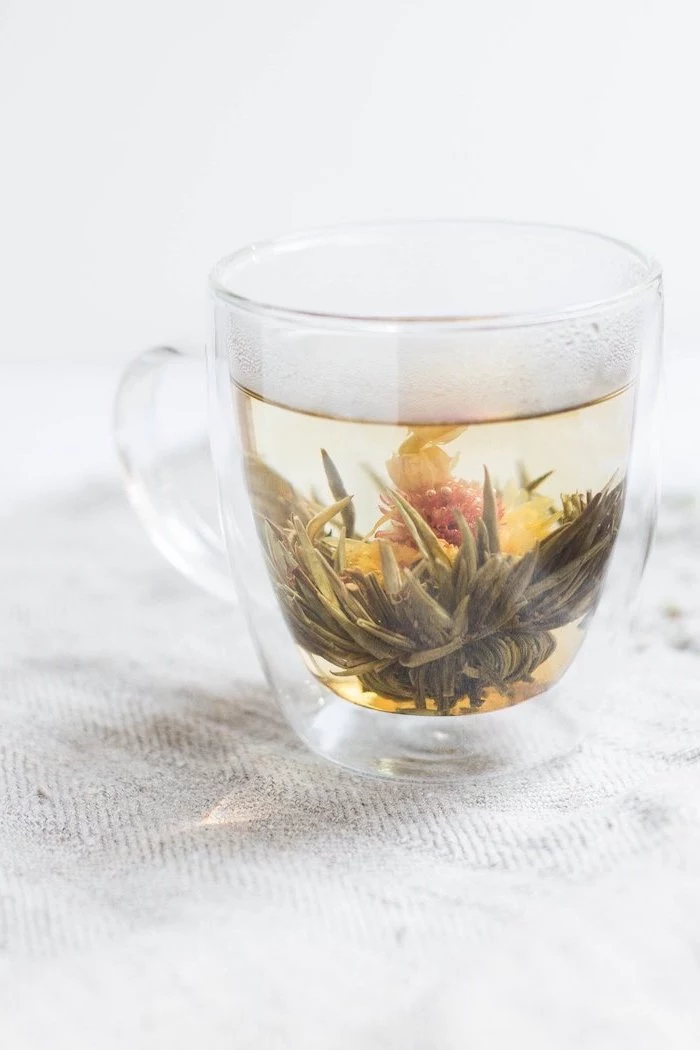
Create your own hydrating infusion. Forget expensive bottled ‘detox waters’. Simply add natural ingredients to a pitcher of water and let it sit in the fridge for a few hours. Try these combinations:
- Cucumber + Mint + Lime
- Ginger Root + Lemon Slices
- Strawberry + Basil
- Orange + Rosemary
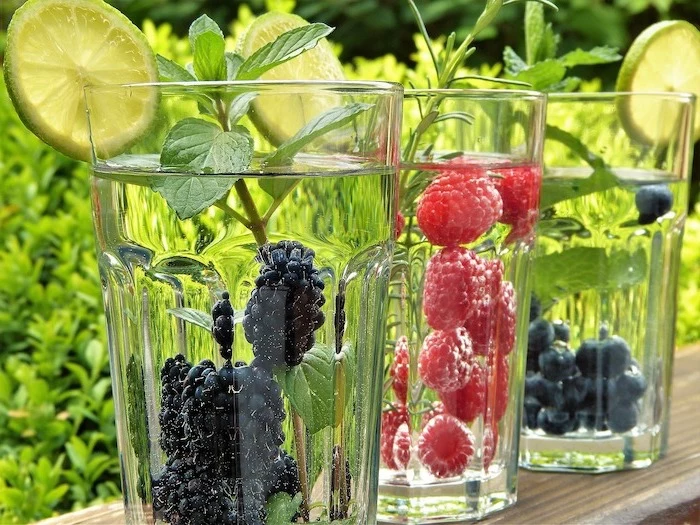
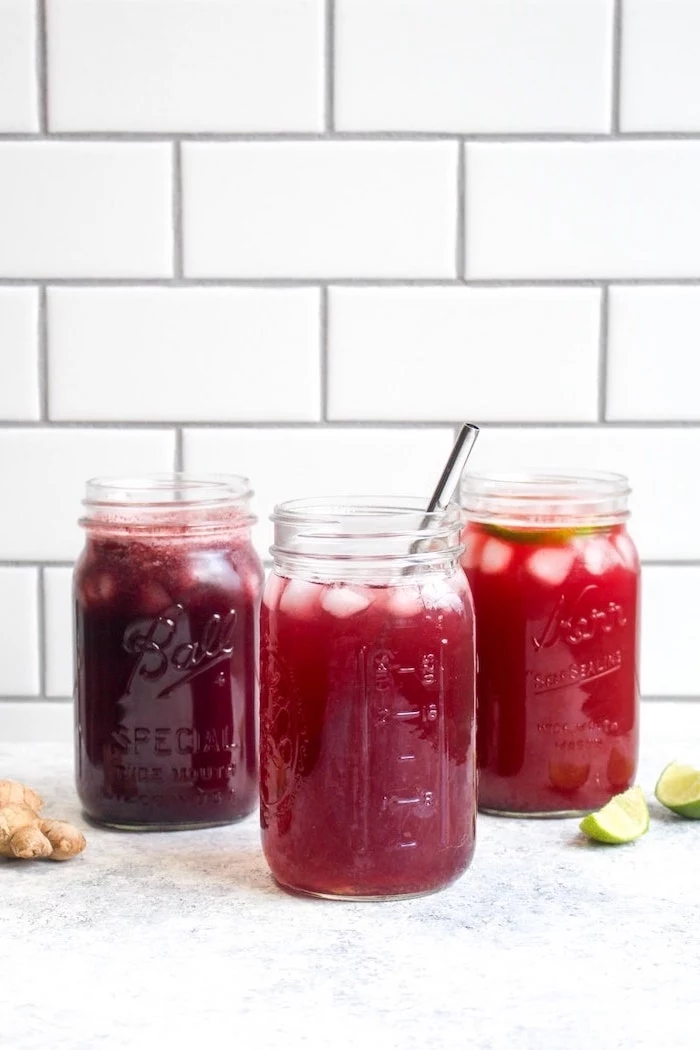
Think beyond food: Your skin is your largest organ and can absorb compounds from the environment. Consider what’s in your personal care products. Opting for lotions, soaps, and cosmetics with simpler, recognizable ingredient lists from brands like Weleda or Acure can reduce your body’s overall ‘toxic load,’ leaving its resources free to manage internal processes.

The deep green color of matcha tea comes from its high chlorophyll content, a result of being shade-grown. Chlorophyll is thought to bind to heavy metals and other toxins, helping to escort them out of the body. A morning cup of high-quality matcha, like a ceremonial grade from Ippodo or Rishi Tea, offers a gentle, antioxidant-rich start to the day.
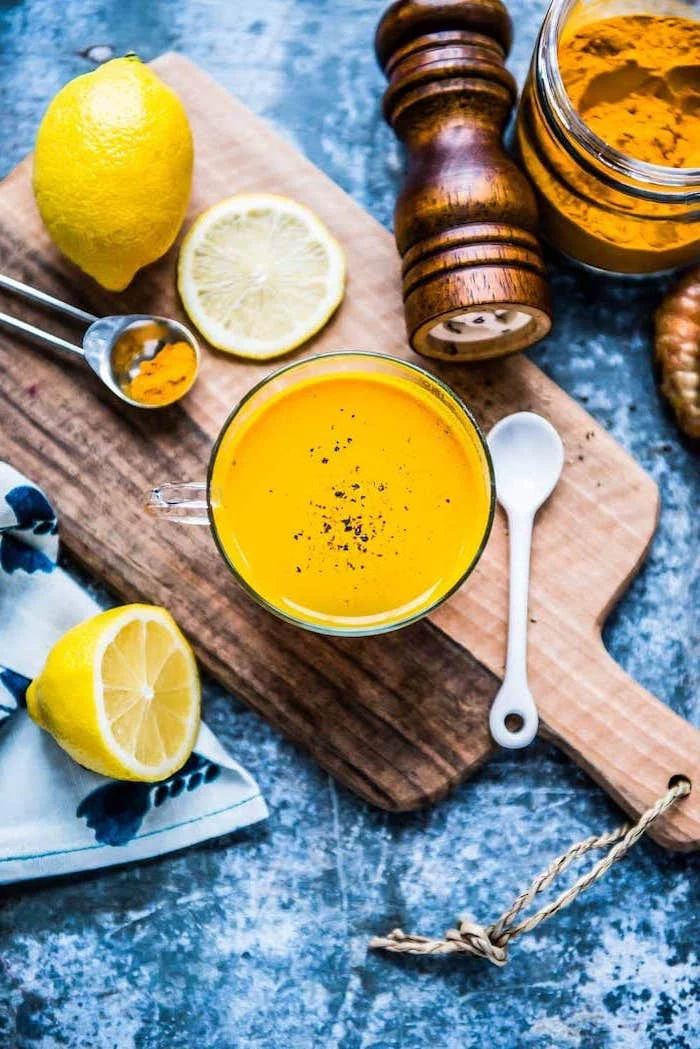
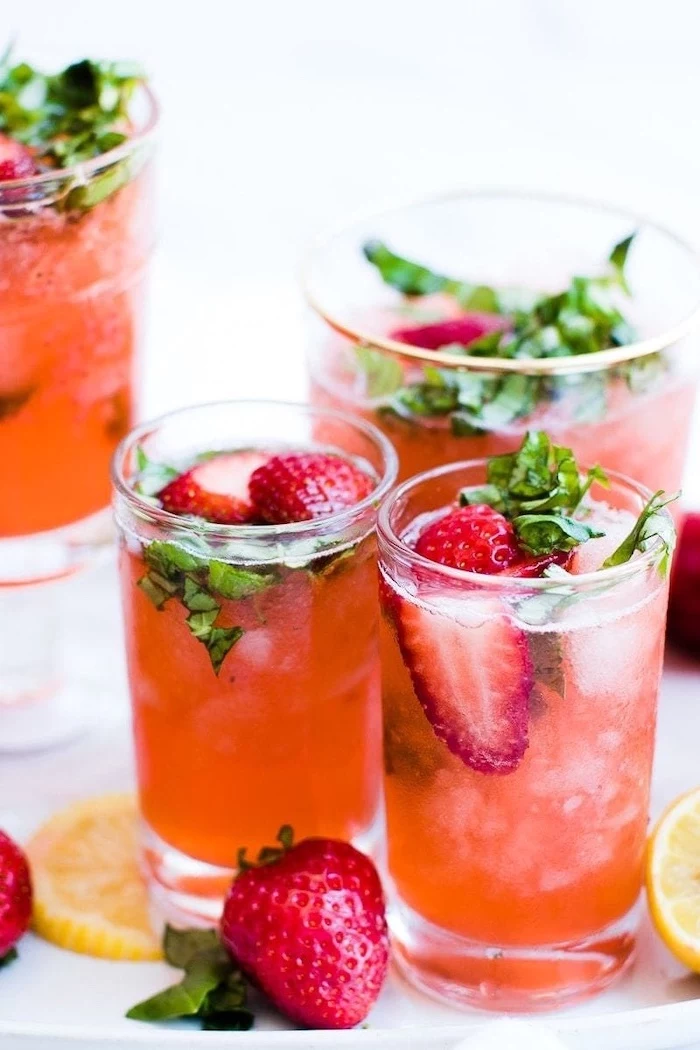
Feeling sluggish? Try dry brushing.
This ancient practice involves using a natural-bristle brush on dry skin before showering. The light, sweeping motions toward the heart are believed to stimulate the lymphatic system, boost circulation, and exfoliate dead skin cells. It’s an invigorating ritual that takes only five minutes and can leave you feeling refreshed and energized.
Adopt a Mediterranean mindset. It’s not a diet, but a lifestyle pattern celebrated for its health benefits. It naturally supports all your body’s systems by emphasizing olive oil, nuts, seeds, fish, abundant vegetables, and whole grains, while minimizing processed foods and red meat. It’s a delicious, sustainable, and science-backed way of eating for long-term well-being.










